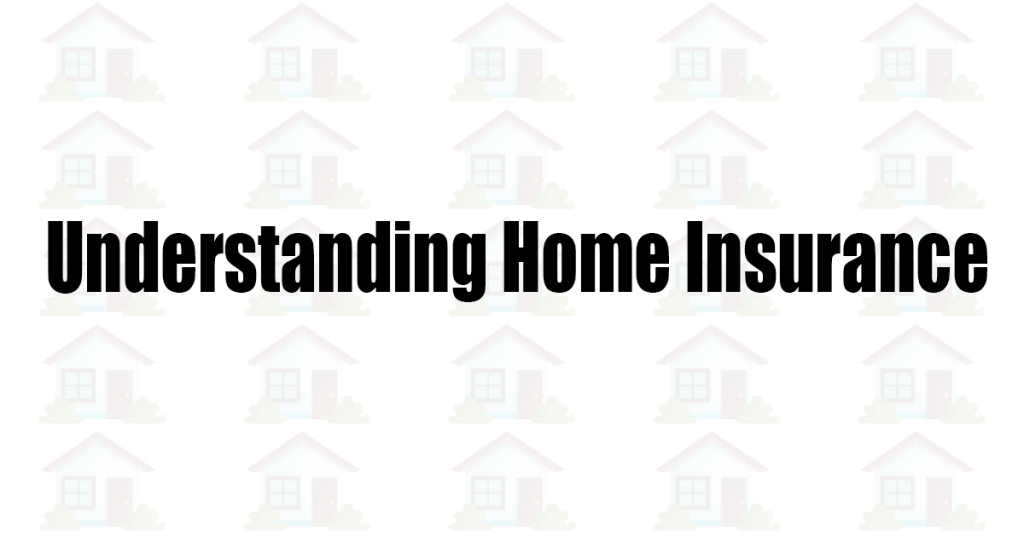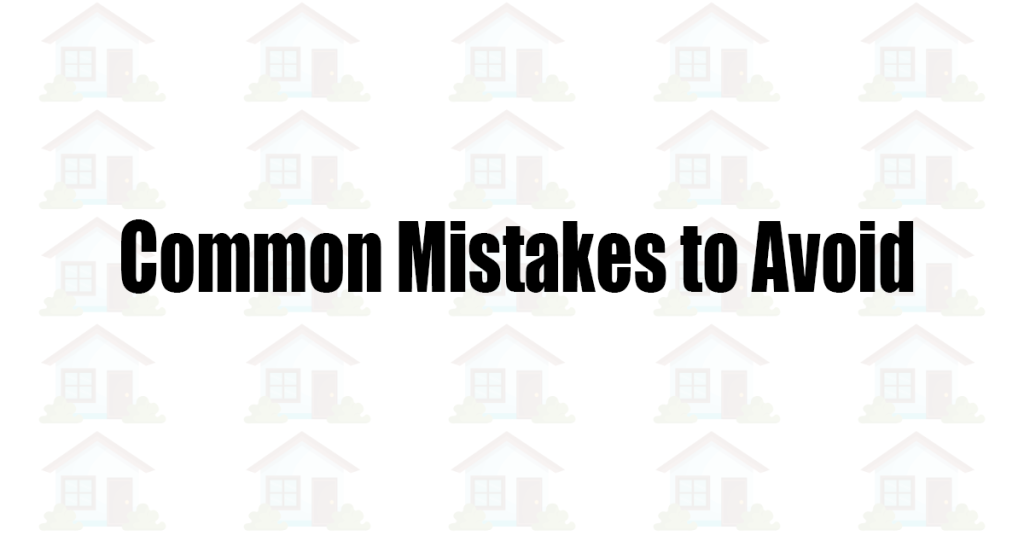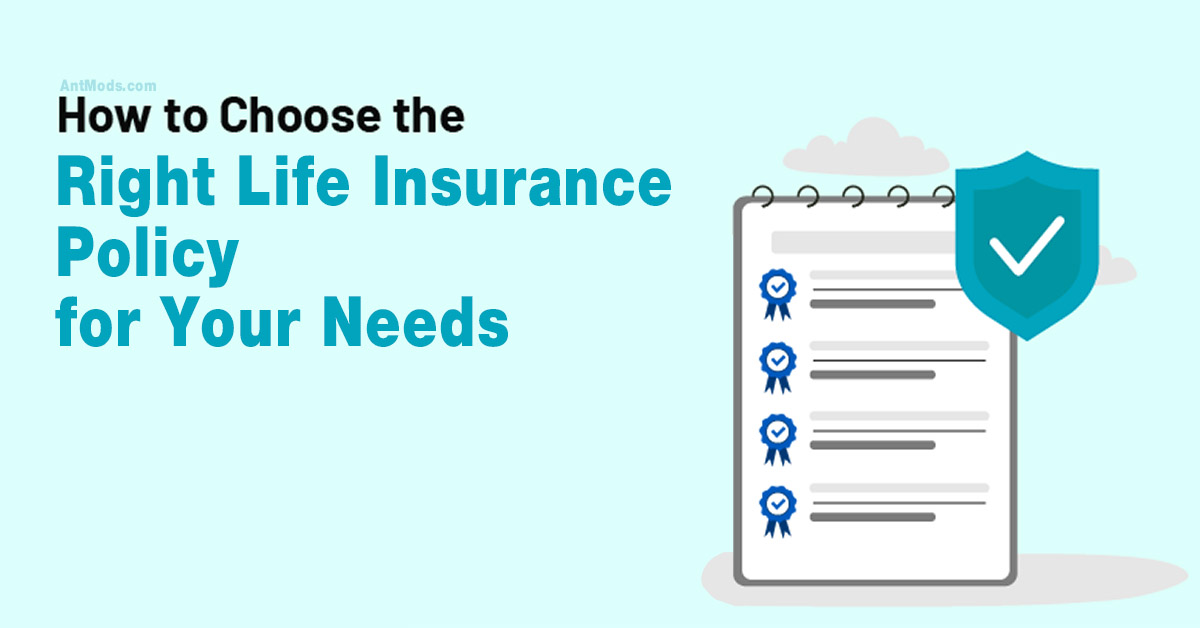How to Get Insurance on Your Home: A Great Guide
Homeownership comes with a host of responsibilities, and one of the most important is ensuring that your property is protected. Home insurance, also known as homeowners insurance, offers protection against damages to your home and personal belongings, as well as liability coverage if someone is injured on your property. If you are a first-time homeowner or are looking to renew or upgrade your coverage, understanding the process of obtaining home insurance is essential.
This guide will walk you through everything you need to know about getting home insurance—from the types of policies available to the steps involved in purchasing the right coverage for your needs.
Understanding Home Insurance

Before diving into the steps of getting insurance for your home, it’s crucial to understand what home insurance is and the types of coverage available.
What is Homeowners Insurance?
Homeowners insurance is a policy that protects your home and its contents from a variety of risks, including fire, theft, vandalism, and natural disasters. It also provides liability coverage if someone is injured on your property or if you accidentally damage someone else’s property.
Most mortgage lenders require you to have home insurance before they will approve your loan, making it a critical part of the home-buying process.
Types of Home Insurance Coverage
Home insurance policies can vary widely depending on your needs and the location of your property. However, most policies offer the following types of coverage:
- Dwelling Coverage: This covers the structure of your home, including the walls, roof, and built-in appliances.
- Personal Property Coverage: Protects your personal belongings, such as furniture, electronics, and clothing, in the event of damage or theft.
- Liability Protection: Provides coverage if you are found legally responsible for someone else’s injury or property damage while on your property.
- Additional Living Expenses (ALE): Pays for temporary housing and other expenses if you cannot live in your home due to a covered event, such as a fire or flood.
To understand which coverage levels are right for you, you can explore this detailed guide from the Insurance Information Institute.
Steps to Get Home Insurance

Now that you understand the basics, let’s dive into the steps involved in obtaining home insurance.
1. Assess Your Insurance Needs
Before you start looking for policies, it’s important to determine what kind of coverage you need. Some questions to consider include:
- How much would it cost to rebuild your home if it were destroyed?
- What is the total value of your personal belongings?
- Do you live in an area prone to natural disasters like floods or earthquakes, which may require additional coverage?
- How much liability protection do you need?
If you’re unsure about the answers to these questions, you can get an estimate of your home’s replacement cost from your builder, real estate agent, or by using an online calculator like the one provided by HomeAdvisor.
2. Shop Around for Policies
Once you know what kind of coverage you need, it’s time to start shopping around for policies. It’s a good idea to get quotes from at least three different insurance providers to compare coverage options, premiums, and customer service.
Some popular home insurance providers include:
- State Farm: Known for its broad coverage options and extensive network of agents.
- Allstate: Offers a variety of customizable coverage options and discounts for bundling with auto insurance.
- Progressive: Provides competitive rates and various discount opportunities.
- Liberty Mutual: Known for providing home insurance coverage tailored to high-value homes.
You can compare home insurance quotes from multiple providers using platforms like The Zebra, NerdWallet, or PolicyGenius.
3. Check the Insurer’s Reputation
Choosing an insurer is not just about finding the lowest price; it’s also about finding a provider with a strong financial rating and excellent customer service. Look for insurers with high ratings from agencies like AM Best or J.D. Power.
You can also check online reviews to see what other customers have experienced when filing claims with a particular company. Sites like Better Business Bureau can give you insights into how an insurer handles claims and customer complaints.
4. Understand What Affects Your Premium
Home insurance premiums can vary greatly depending on several factors, including:
- Location: Homes in areas with higher risks of natural disasters or crime typically cost more to insure.
- Home’s Age and Condition: Older homes or homes in poor condition may require higher premiums due to their susceptibility to damage.
- Deductible: The higher your deductible (the amount you pay out of pocket for a claim), the lower your premium, and vice versa.
- Coverage Limits: Higher coverage limits for your dwelling and personal property will result in higher premiums.
Understanding these factors can help you find a balance between the coverage you need and what you can afford. Additionally, ask about any discounts you may qualify for, such as a multi-policy discount if you bundle your home and auto insurance.
5. Customize Your Policy
Once you’ve found an insurer and received quotes, it’s time to customize your policy to fit your needs. Most homeowners insurance policies allow you to adjust your dwelling and personal property coverage, as well as add additional coverage if needed. Common optional coverages include:
- Flood Insurance: Most standard home insurance policies don’t cover flooding, so if you live in a flood-prone area, you may need to purchase a separate flood insurance policy through the National Flood Insurance Program (NFIP).
- Earthquake Insurance: If you live in a seismically active area, consider adding earthquake coverage.
- Valuable Personal Property: If you own expensive items like jewelry, art, or collectibles, you may need to add extra coverage to protect these items fully.
Be sure to discuss your coverage options with your insurance agent to ensure that your policy fits your lifestyle and risk factors.
6. Purchase Your Policy
Once you’ve customized your coverage, reviewed your quotes, and checked the reputation of your provider, it’s time to purchase your policy. Most insurance companies allow you to do this online, over the phone, or in person with an agent.
Make sure you fully understand the terms of your policy before making the purchase. Ask your agent any remaining questions you have about the coverage, premiums, deductibles, and claims process. Once you’re comfortable with the details, you can proceed with the payment to activate your coverage.
7. Maintain Your Policy and Review Annually
Your homeowners insurance policy is not a one-and-done deal. As your home value changes, or as you make renovations and add personal property, it’s important to review and update your policy annually.
Life events such as marriage, having children, or buying expensive items may require adjustments to your coverage. Additionally, keeping an updated inventory of your personal belongings can be helpful if you ever need to file a claim.
Common Mistakes to Avoid

While purchasing home insurance is relatively straightforward, there are some common pitfalls to avoid:
1. Underinsuring Your Home
One of the biggest mistakes homeowners make is not purchasing enough insurance to cover the full cost of rebuilding their home. Your dwelling coverage should be based on the current rebuilding cost of your home, not its market value.
2. Ignoring Exclusions
Each policy comes with exclusions—events that are not covered by your insurance, such as flooding or certain types of water damage. Be sure to review your policy carefully and consider adding additional coverage for these exclusions if needed.
3. Choosing a High Deductible You Can’t Afford
While opting for a higher deductible can save you money on your premiums, it’s important to make sure that you can afford to pay the deductible out of pocket if you ever need to file a claim.
4. Not Taking Advantage of Discounts
Many insurance companies offer discounts that can significantly reduce your premium, such as discounts for bundling home and auto insurance, installing home security systems, or being claims-free for several years. Be sure to ask your insurance provider about all available discounts.
Also Read: Navigating the Insurance Maze: Tips for First-Time Buyers.
Obtaining insurance for your home is a vital step in protecting your most significant investment. By assessing your needs, shopping around for policies, customizing your coverage, and avoiding common mistakes, you can secure the best policy for your home. Remember to review your policy annually and adjust it as needed to ensure that your home and belongings remain fully protected.





